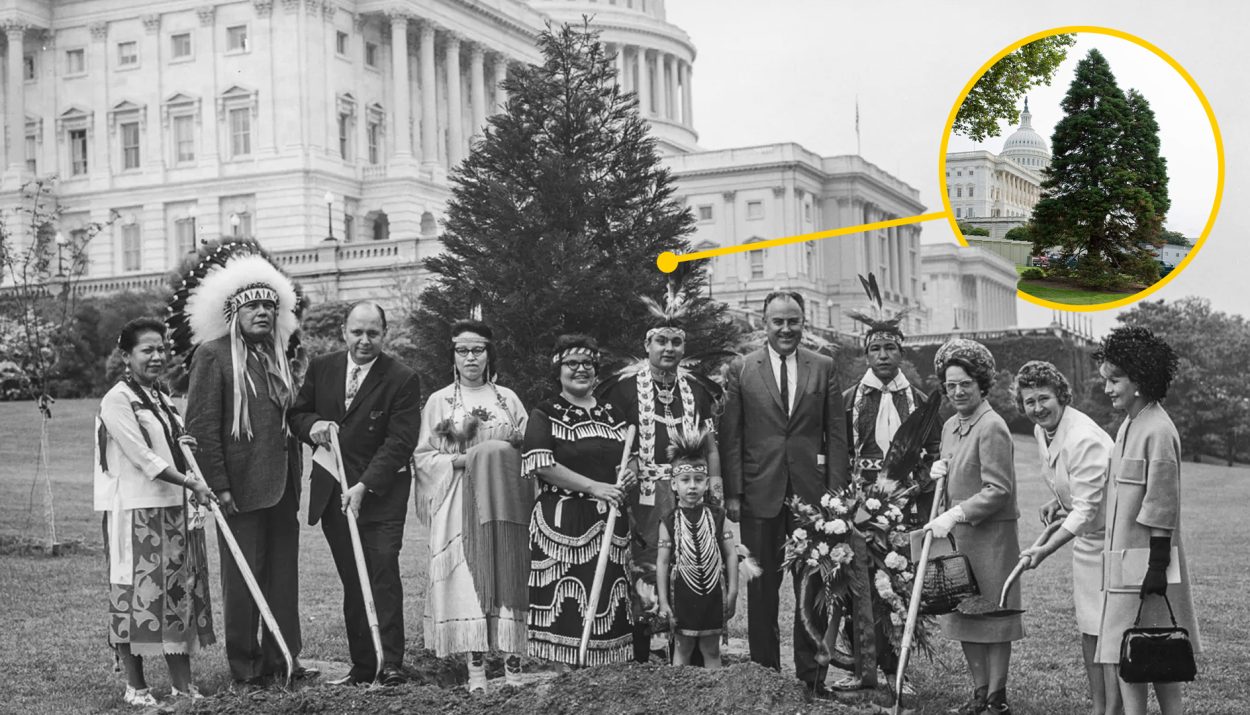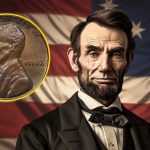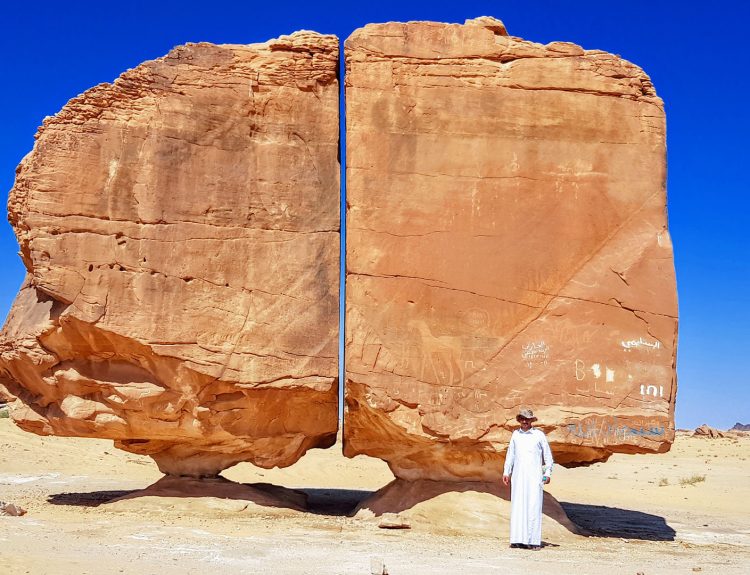It is a sad fact that, according to the Administration for Native Americans, of the 245 recognized, distinct, Native American languages in the U.S., 65 of them have gone extinct and 75 more are on the verge of extinction. Preserving the indigenous languages of North America is important because once there are no more fluent speakers of the language, a large part of the culture of the Native Americans is lost.
More than two centuries ago, a Cherokee man named Sequoyah recognized the connection between language and power and set out to do what no other Native American language had done … establish a written version. Here is his story.
Sequoyah, the Early Years
Sequoyah, who was also called George Gist, was born in eastern Tennessee sometime around 1778. Depending on the version of his story, Sequoyah’s mother was either the daughter or the niece of the Cherokee chief. Sequoyah’s father is a bit of a mystery.
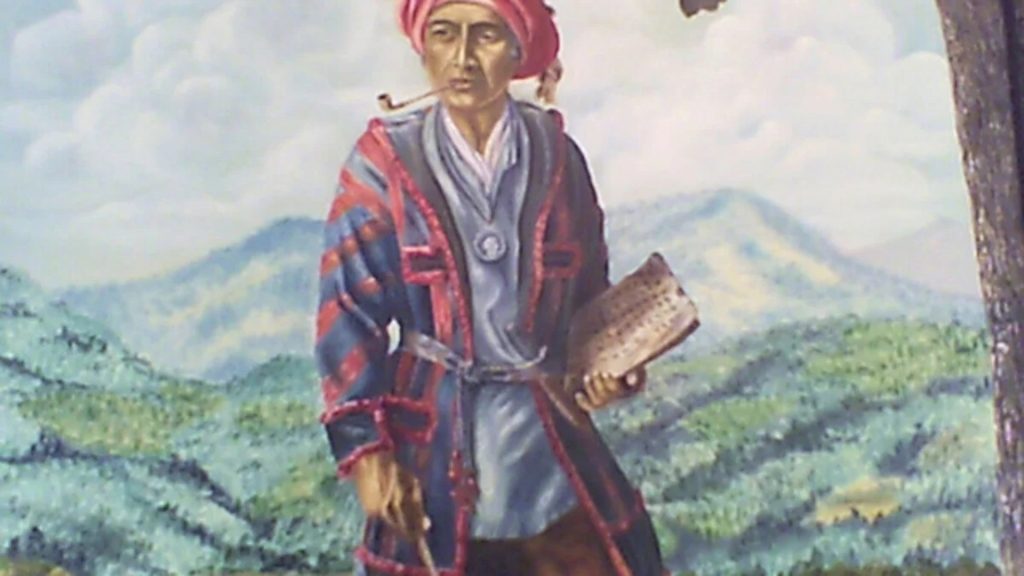
His father may have been a German fur trader from Virginia named Nathaniel Gist, or perhaps he was a peddler named Georg Gist. According to an article published in The Cherokee Phoenix in 1828, Sequoyah’s father was half Indian and his grandfather was white. Not that it matters. Sequoyah’s father left before he was born.
Learning Traditional Cherokee Ways
As was customary, Sequoyah spent his childhood with his mother, who never remarried or had other children. He was taught the Cherokee language and trained to work as a blacksmith and silversmith. He was described as an intelligent and curious boy, a strong observer, and a problem solver.
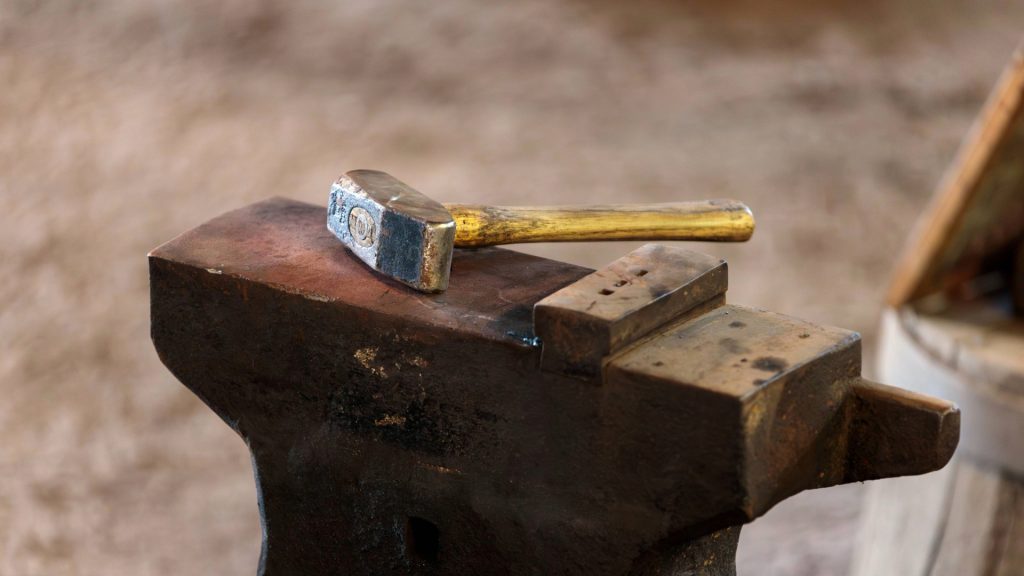
He was still just a boy when he designed and built milk troughs with skimmers to aid in the task of milking. As smart as he was, however, Sequoyah never attended school and never learned to read or write English.
A Deep Fascination with Books
Despite his lack of formal education, Sequoyah became fascinated with books and the written word. It amazed him that a person could scribble ink onto a page and that another person could understand the meaning behind it.
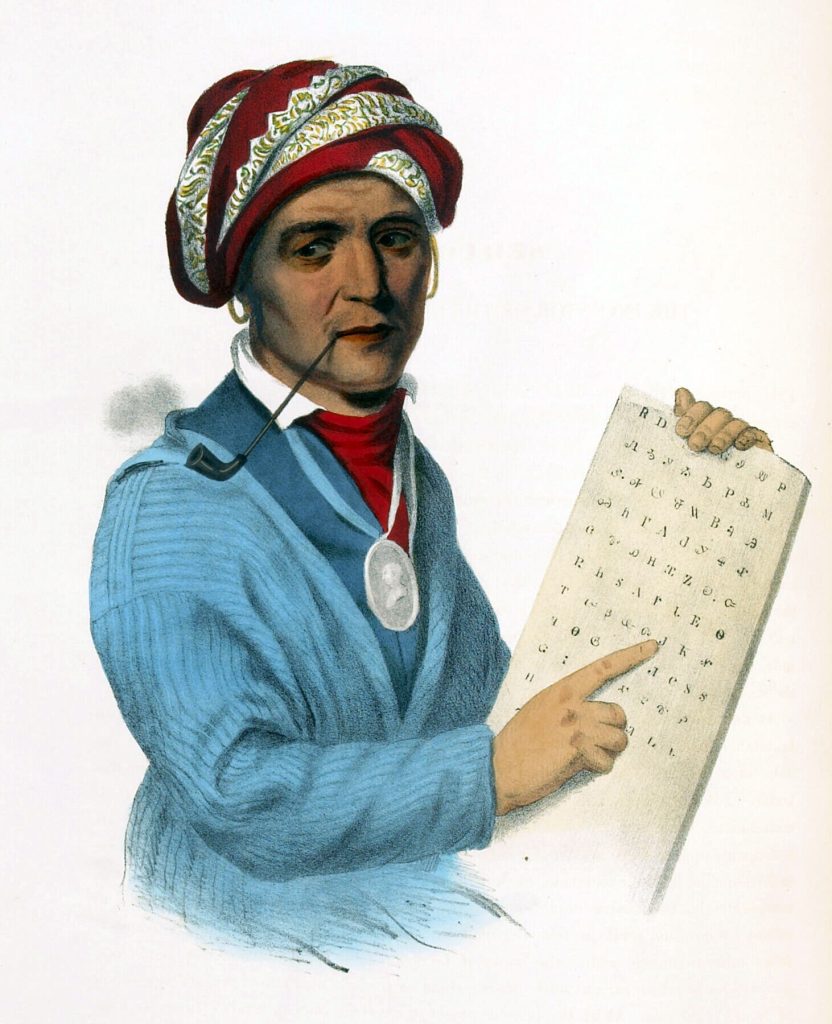
Sequoyah also observed the white settlers he came in contact with. He saw how white settlers were able to seize power and expand their empires. He wondered how they were able to do this. Perhaps, he thought, their written language was the key to their power.
The Oral Languages of Native Americans
Nearly all Native American languages of North America shared a commonality. They were all oral languages. Histories and knowledge were shared through oral stories. Many cultures had systems for record-keeping, however they relied on symbols or pictographs to convey meaning.

Often, forms of traditional recordkeeping did not involve paper and ink. Patterns woven into textiles, beads sewn onto ceremonial clothing, and carved statues were imbued with information that native people could decipher.
The Cherokee Language
The Cherokee spoken language is a member of the Iroquoian language family. It is, in fact, the only surviving Southern Iroquoian language. It is similar to the Iroquoian languages of the Great Lakes region, including Seneca, Tuscarora, and Mohawk.
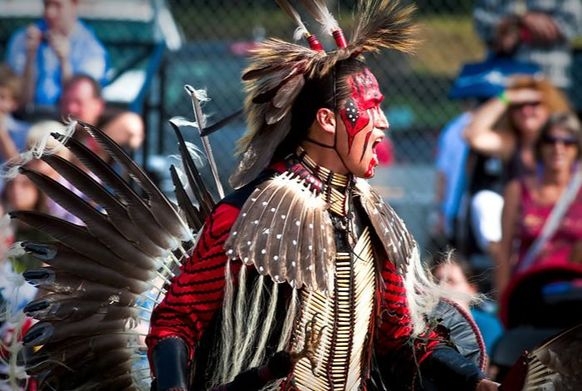
The Manataka American Indian Council theorizes that a written version of the Cherokee language may have been used several centuries ago. This group suggests that the written word was lost over time, as the Cherokee people moved across North America.
“The White Man Is No Magician“
During the Creek War of 1813, Sequoyah aided the U.S. Army in Georgia. There, he observed officers sending written commands to other officers. He watched as soldiers wrote letters home to loved ones. He realized that writing was much more than a form of recordkeeping … that it was a useful tool for immediate communications.
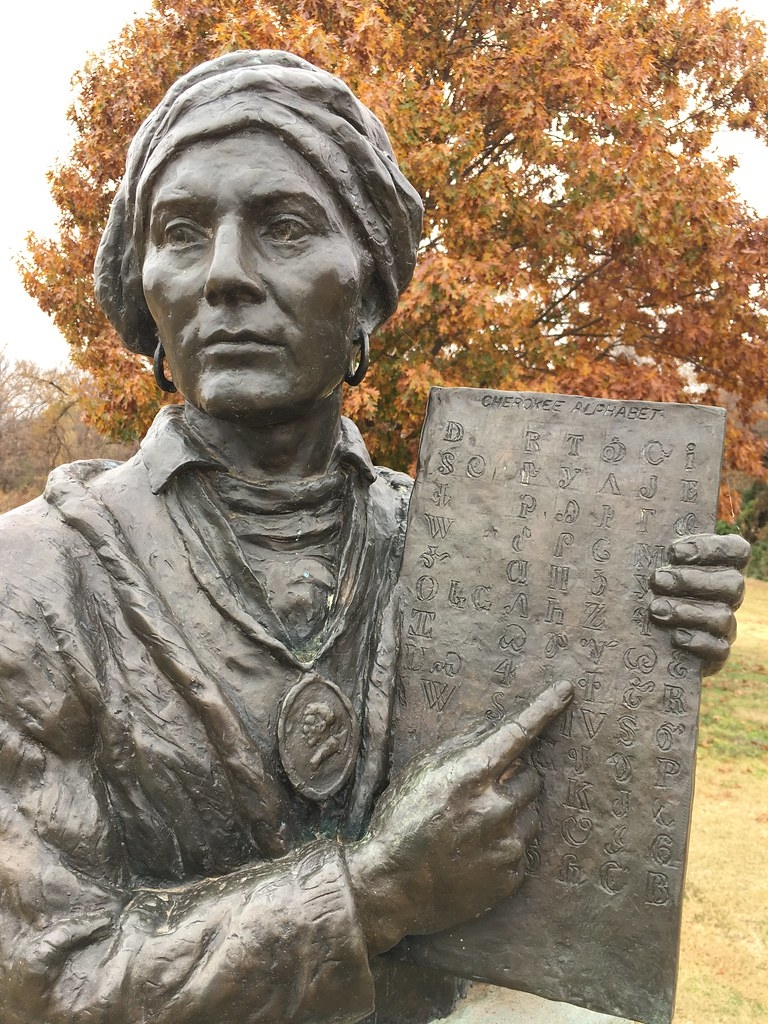
The more Sequoyah interacted with white people, the more convinced he became that power was closely linked to written language. While many Native Americans through the Europeans could magically divine meaning from ink scratches, Sequoyah said, “The white man is no magician.” It wasn’t magic … it was a coded system of communication. He thought, “If they can do it, so can I.”
Older Cherokees Balked at Sequoyah’s Idea
In 1809, Sequoyah started working on a system that would allow the oral Cherokee language to be written down on paper. Many Cherokee people voiced their objections to Sequoyah’s idea. The oral language, they maintained, had served them just fine for centuries. Perhaps the biggest concern was that some Cherokee saw written language as a form of assimilation. The white man was already trying to change the Cherokee way of life.

Sequoyah countered that he intended to save the Cherokee language, not to destroy it. By creating an alphabet and a system of writing, he argued, the traditional stories, histories, and culture of his people could be preserved for the future.
A Failed First Attempt
At first, Sequoyah tried to create a logographic writing system. In this system, each symbol represents an individual word and does not relate to its pronunciation. Many East Asian languages, like Chinese, Korean, and Japanese, used this type of writing system.
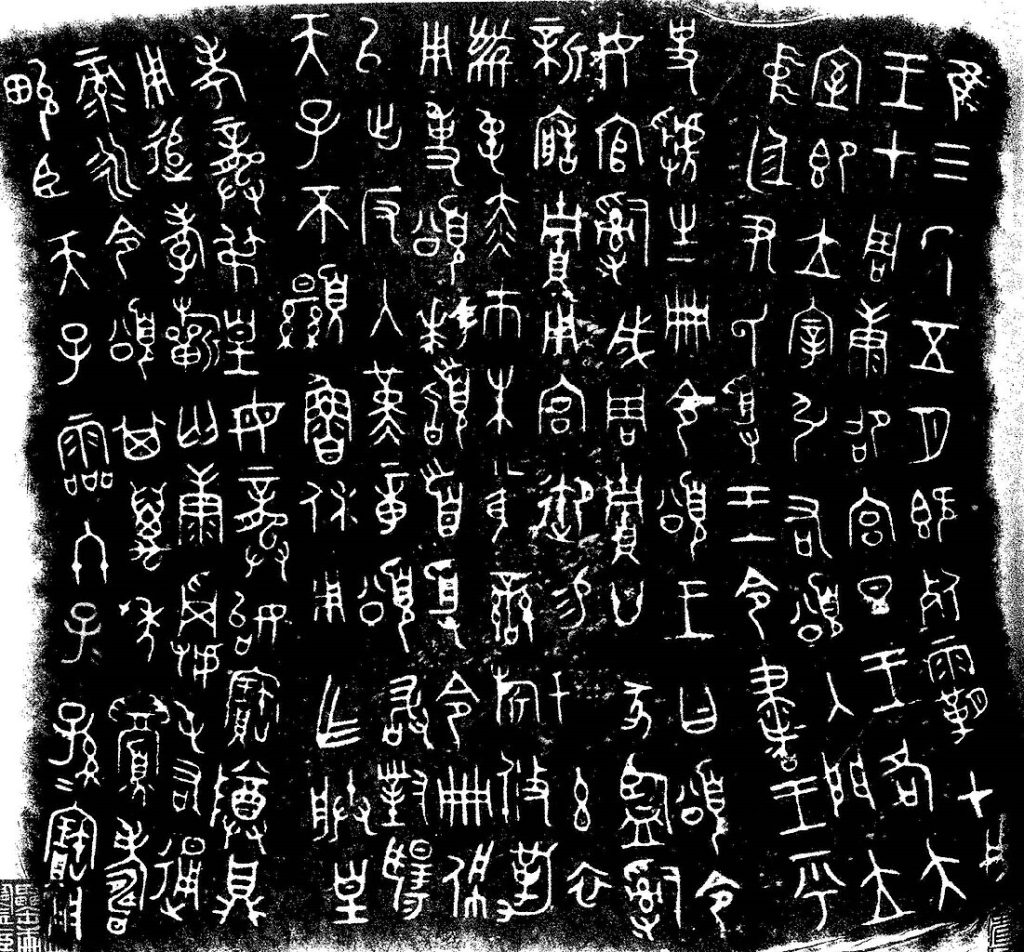
Very quickly, Sequoyah realized that this was a really big project. Plus, it would be hard to teach it to others. He scrapped this first attempt in favor of a system more like English, in which specific characters or letters represented sounds.
A More Viable System
For his next attempt, Sequoyah crafted letters not unlike the letters in Latin-based languages. He threw himself into his work and ignored the whispers of people in his village who thought he was practicing witchcraft. Instead, he was perfecting his written language and teaching it to his daughter, Ayokeh, age 6.
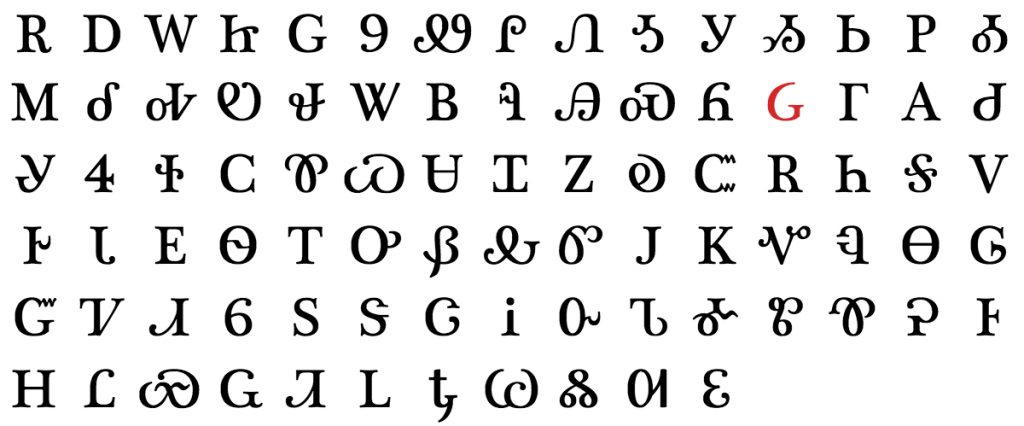
But then, the local chief formally accused him of witchcraft. At his trial, he demonstrated his work by communicating with Ayokeh, separated from him in a different area, by writing. After Sequoyah was declared innocent of the charges, the town chief asked him to teach others to read and write.
The Cherokee Syllabary … Worth “Two Bags of Gold“
The Cherokee Syllabary that Sequoyah created has 85 letters. Just a few years later, thousands of Cherokees were reading and writing. Cherokee language books and newspapers soon followed.

Sam Houston, the future governor of Texas, was so pleased with Sequoyah’s work that he said to him, “Your invention of the alphabet is worth more to your people than two bags full of gold in the hands of every Cherokee.”

